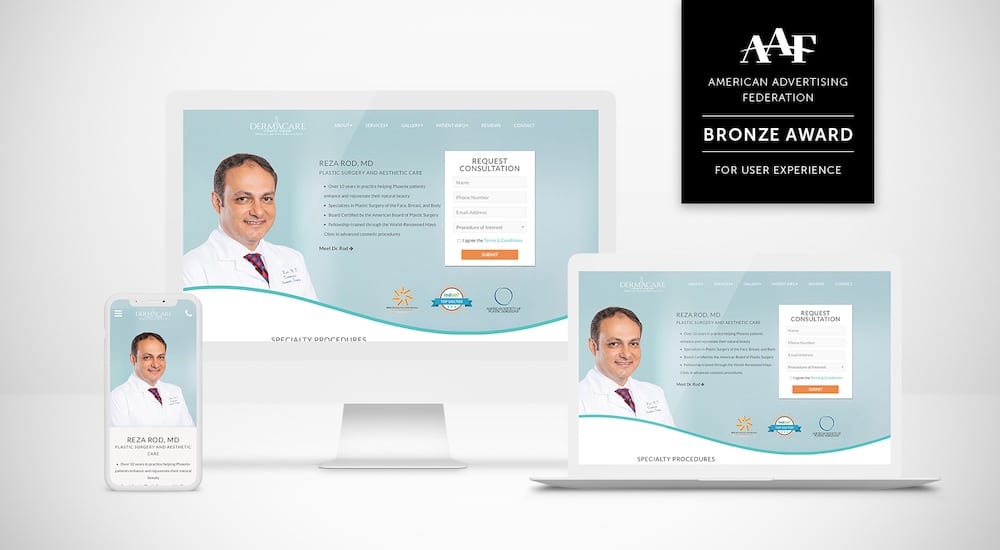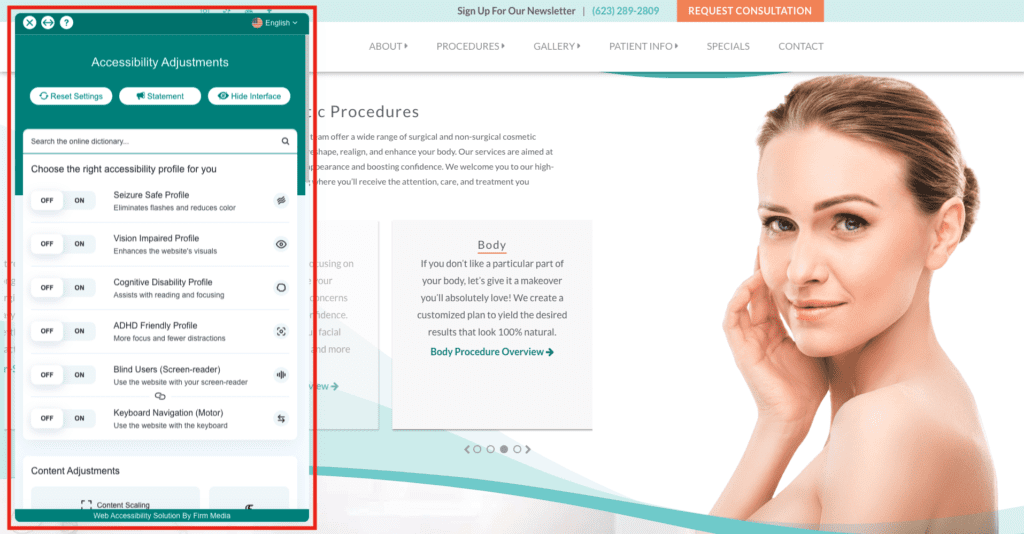PART THREE OF A SERIES: Web Design for Internet Marketing
Today’s websites are exponentially more sophisticated than they were five years ago, which means that the web designer you hire has to be more sophisticated, too.
During the Geocities and Angelfire era, it was okay for websites to be nothing more than a logo and some contact information – a virtual billboard along the Information Superhighway. Things like user interface, databases and scalability were a non-issue because the interactive technology just wasn’t there. Building a website took little more than an eye for aesthetics and a knack for translating your brand into HTML.
Now, websites do so much more and to get the job done right, your web design team needs to be able to do more. It’s not good enough for your website to simply look good – it has to communicate.
Constructing a website that does so in a meaningful and functional way is a multi-tiered process.
In facilitating this process, the web designer you work with takes on a role akin to that of an architect. An architect designs the building, but in the end, he’s usually not the one laying the actual bricks. Rather, he collaborates with a team of qualified professionals – engineers, construction managers, contractors – that help him realize the client’s vision. You need expertise along every step of the way, and without it, the project won’t come together as envisioned.
It’s the same for web design, which means when you are hiring a web designer, it’s your duty to ensure that the firm or individual you are hiring has a strong team capable of handling all aspects of web construction. That includes:
- Web Design – This is the big picture concept of your website. The web designer should have a confident understanding of branding, business, typography and the other skills that are essential to communicating your company’s message and brand. A degree from a reputable arts school is a strong indicator that a web designer possesses these fundamental competencies.
- Front-end Web Development – The front-end developer builds the code that will manifest the concept and vision of the web designer. This code takes the raw data and information from the back-end and puts it all together so it accurately achieves the goals laid out by the client and the web designer.
- Back-end Web Development – The back-end developer focuses on making the website scalable and dynamic by constructing the underlying database that drives the content. The perfect example of how back-end development facilitates ease of use and versatility is a blog, which automatically incorporates new posts into the site without disrupting the existing content or structure. With a strong back-end, you can add or update text and photos, alter color schemes (for example, to fit with a seasonal theme) and expand your website on the fly without having to re-construct the entire site from scratch each time.
When reviewing web designer portfolios, it’s important to ask what role they played in the overall project. If they didn’t handle the front-end and back-end development themselves, make sure to ask if they’ll still be working with the same team that worked on the sites that impressed you. Oftentimes, the previous clients have in-house web developers that worked alongside the web designer who won’t be coming along with them to your project.
It’s absolutely imperative that the web designer you hire to build you a custom website is capable of designing and constructing a site that works for you. When architects design homes, they tailor it to fit the specific needs of the family that live in it. For websites, form follows function in the same fashion. But it takes more than simply imagining the website that integrates seamlessly with the way your business operates and accurately portrays the image you wish to project. You need a team that has the skills and expertise to build it.
For more insight on how Firm Media makes it happen, attend our free webinar on March 9 on Web Design and for Marketing & Conversion.









